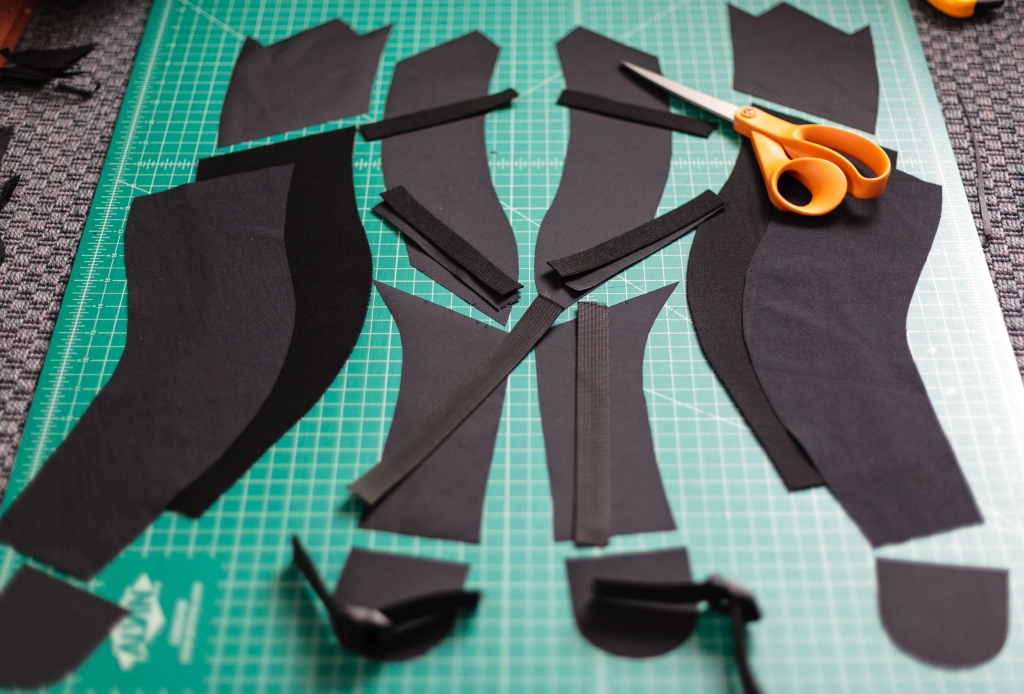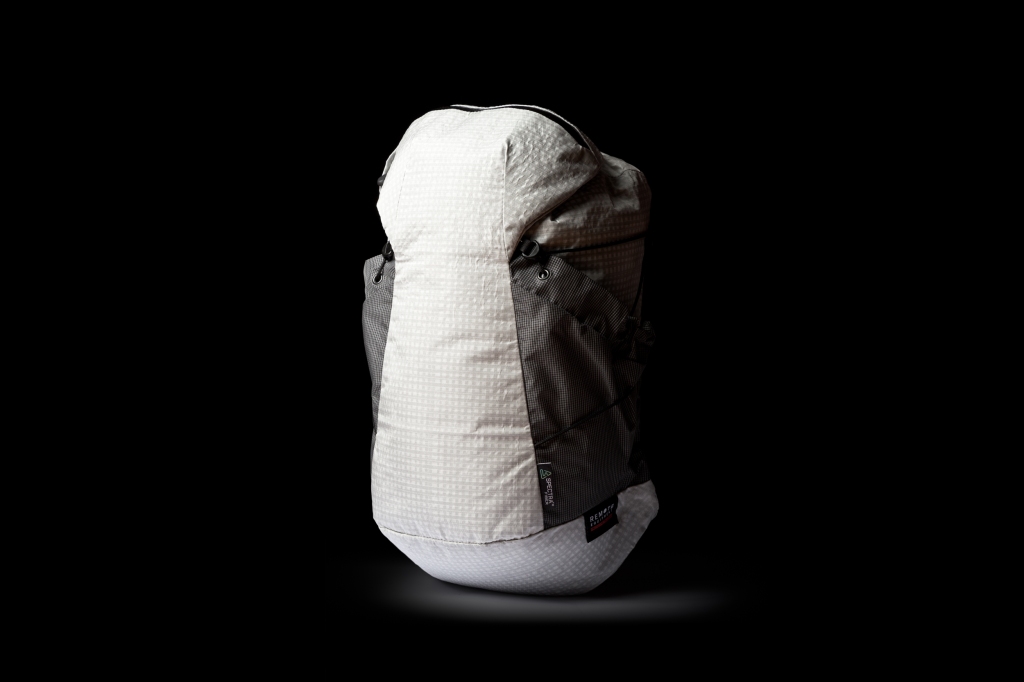After reviewing Remote Equipment’s first release last year, the Alpha 31 has remained a firm favourite within my collection. The pack was funded successfully on Kickstarter and the full production run has gone on to sell out through Remote Equipment’s website, leading to a surge of ‘in search of’ requests through the collectors’ forums (including The Perfect Pack’s home group). Since then Remote Eq. have been teasing new designs for 2019, including some ‘conceptual’ projects for their prototype program.
I spoke to Philip from Remote Equipment about the Alpha’s impact, his design process, and the future for the brand.

Jed: You’ve been working as a designer for over a decade now; what was it that inspired you to start your own brand like this?
Phil: There were probably two key instigators that made me want to get into this space. The first is I’ve always loved making things and prior to this path, I was a furniture designer and maker. I have found the processes to be very similar, going from concepts to patterns and then making the finished product. In both disciplines, I’m able to make a fully-functional finished product that I can hand to someone to use.
The other motivation was a frustration about how much of the outdoor gear I see looks the same, with brands closely following each other year-to-year. I wanted to disrupt this, even if in just a small way, with gear that stands apart from all the noise out there and would address my functional needs.
Jed: How would you describe your design process? I get the impression you put a lot of emphasis on fabric selection. Are you quite experimental?
Phil: I try to think through use-case scenarios of how a bag needs to perform, thinking about capacity, access and what it would be like to use. In the early stages it’s important to not get attached to one idea and instead make lots of bad drawings that search for functional solutions. Then there’s often lots of rough mockups that look pretty gross but help validate a design. I test mockups myself and with friends and if I (and the testers) think I’m onto something, then I will make a bunch of iterations to dial in the idea before I ever share with a factory.
Fabrics as you alluded to, are a huge deal and half the fun! The right textile for a project can really take a design to new a new level and help tell the right story. I’m amazed by the different laminated textiles coming from Honeywell Spectra Fiber, Dimension Polyant and DSM Dyneema and convinced that composite textiles are the future.

Jed: What was the motivation behind using US factories for your manufacture? Do you have customers who need to be ‘Berry amendment’ compliant?
Phil: This really came down to a practical need. The first factory run was relatively small and I needed a factory that would have a low minimum order and keep costs down if I needed to do on-site visits. REMOTE EQUIPMENT doesn’t sell to the Military so the gear isn’t Berry Compliant but it wouldn’t take too many changes to make it so.
Jed: I know the original Kickstarter for the Alpha 31 was a close success, but I feel like the Alpha has gone on to reach ‘grail’ status for a lot of the community. Do you feel vindicated by that response?
Phil: Yes! Going into the Kickstarter campaign with a higher price point and a bag that is more quality than show, was a risky endeavour. All the data showed that I needed a bigger email list, a lower price and more marketing dollars to get funded. It was an amazing experience meeting so many backers/customers that are willing to pay for good design and lasting quality. I think the ALPHA 31’s reputation is justly earned as a favorite and stands apart from so much of what is out there.

Jed: What has the User Feedback been like from the Alpha? Anything you’d revise for a ‘V2?’ Will we see another run?
Phil: Overall feedback has been overwhelmingly positive. Everything from the capacity, to access and organization has been pretty well received. There are a number of small adjustments I’d like to make, many of which are to make the bag easier to manufacture while preserving the functionality and design details. Looking forward, I’m currently working on new designs to come out later this year and holding off on a V2 of the ALPHA 31.
Jed: What can you tell us about the new line for 2019? [At time of writing] We’ve seen an 18L Scrambler, is that the only model in the works? Is there a timeline for getting those funded?
Phil: For 2019, I want to do more experimentation. As I design future gear, I regularly conduct R&D in the background for projects farther out. One of these projects was with SPECTRA® Fiber and didn’t come with a ton of NDAs, so I’m proud to share this one with the community. Moving forward, I’m going to be sharing more of my ideas and selling in small batches under what I’m calling the PROTOTYPE PROGRAM. This is a way to test the waters and see if a bag resonates with customers. If I find success, then the bag will graduate from the test program and become a regular offering.

Jed: This new model looks more specialised than the Alpha, which was designed as a ‘one bag’ solution. Do you think the recent trend of versatile bags that aim to hit every purpose is starting to pass?
Phil: I think this new model you’re referring to, is the 18L scrambler for SPECTRA® Fiber. From the outset I knew this would only be a concept and not production, so I was able to have more fun on the design/making side of it. Knowing I didn’t need to build a business plan around this product opened me up to challenge my pattering ability and have fun with the materials. The finished product is a bit more specialized than the planned REMOTE EQUIPMENT products and focuses on celebrating SPECTRA® Fiber’s textile technology.
To get into your question around specialization; I don’t think there’s one bag for everyone but I really feel a lot of people have an increasingly diverse set of demands in their life. Whether it’s exercising on a commute or needing to work while travelling, it seems like the boundaries between different parts of life are blurring and we would all benefit from tools that compliment this changing set of needs.







Really looking forward to seeing what Remote Equipment brings next. My Alpha 31 has nulled my bag buying completely and used it every day this year. The bags in my wardrobe have never had it so easy
LikeLike
Nice interview Jed. It’s a little disappointing that there won’t be a V2 Alpha in the near future. It’s like those of us who missed the first drop are being punished. 😉 Hopefully among the new products will be a viable EDC bag because I carry/commute everyday and I still want to sample Philips’s work!
LikeLike
Thanks Blaine!
Yeah, I’m very excited to find out what’s coming next.
LikeLike